Welcome to the next step in smart telescope astronomy: Unistellar Odyssey
A new generation smart telescope that uses clever technology and software to bring objects from tens of millions of light-years away into view, all at the touch of a button.
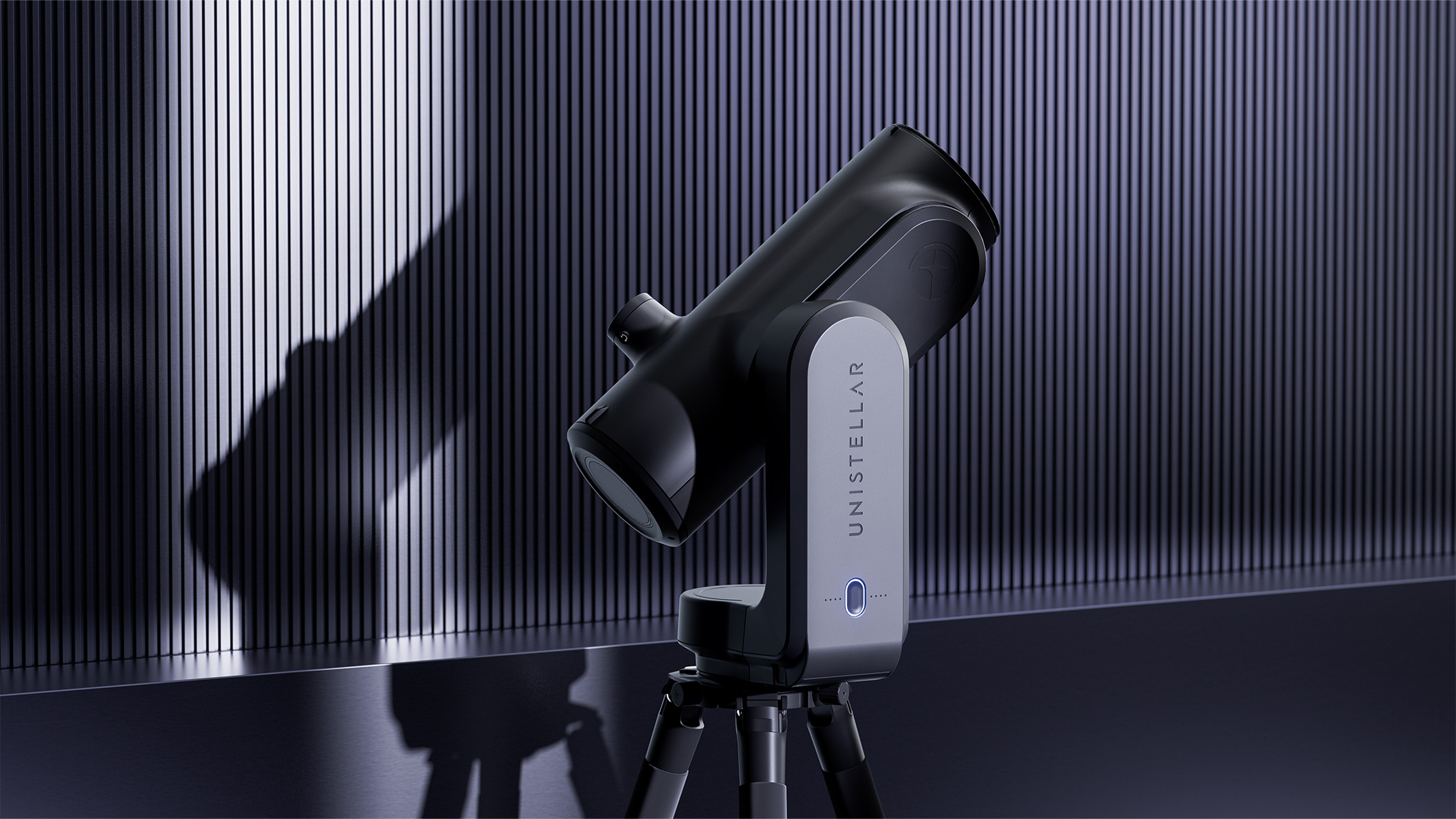
On January 7 2024 Unistellar proudly unveiled the new Odyssey range of smart telescopes at the world's biggest tech show, the Consumer Electronics Show (CES) 2024, held in Las Vegas.
Smart telescopes are here, and they are here to stay — with numerous optics brands battling it out to come up with the very best smart telescope or intelligent home observation station.
Unistellar boasts that the Odyssey stands out as the first smart telescope that can observe both nearby planets and objects situated tens of millions of lightyears away at the touch of a button, thanks to its patented Multi-Depth Technology, which we'll touch on later. Unistellar states you'll be able to explore the characteristics of Jupiter and seamlessly switch to exploring the spiral arms of the Whirlpool Galaxy with your own 'celestial co-pilot,' controlled with the purpose-built Unistellar app.
This isn't the only Smart Telescope to be unveiled at CES, and while it is still out of reach for those on tight budgets, it is a touch cheaper than the likes of the (also newly unveiled) Celestron Origin.
We've previously reviewed the Unistellar eQuinox 2 and the Unistellar eVscope 2 — both scoring 4.5/5 stars, and we're currently in the process of reviewing the Odyssey Pro, so stay tuned as we'll share our findings and photos here at Space.com once we've amassed several nights under the stars.
The Odyssey range
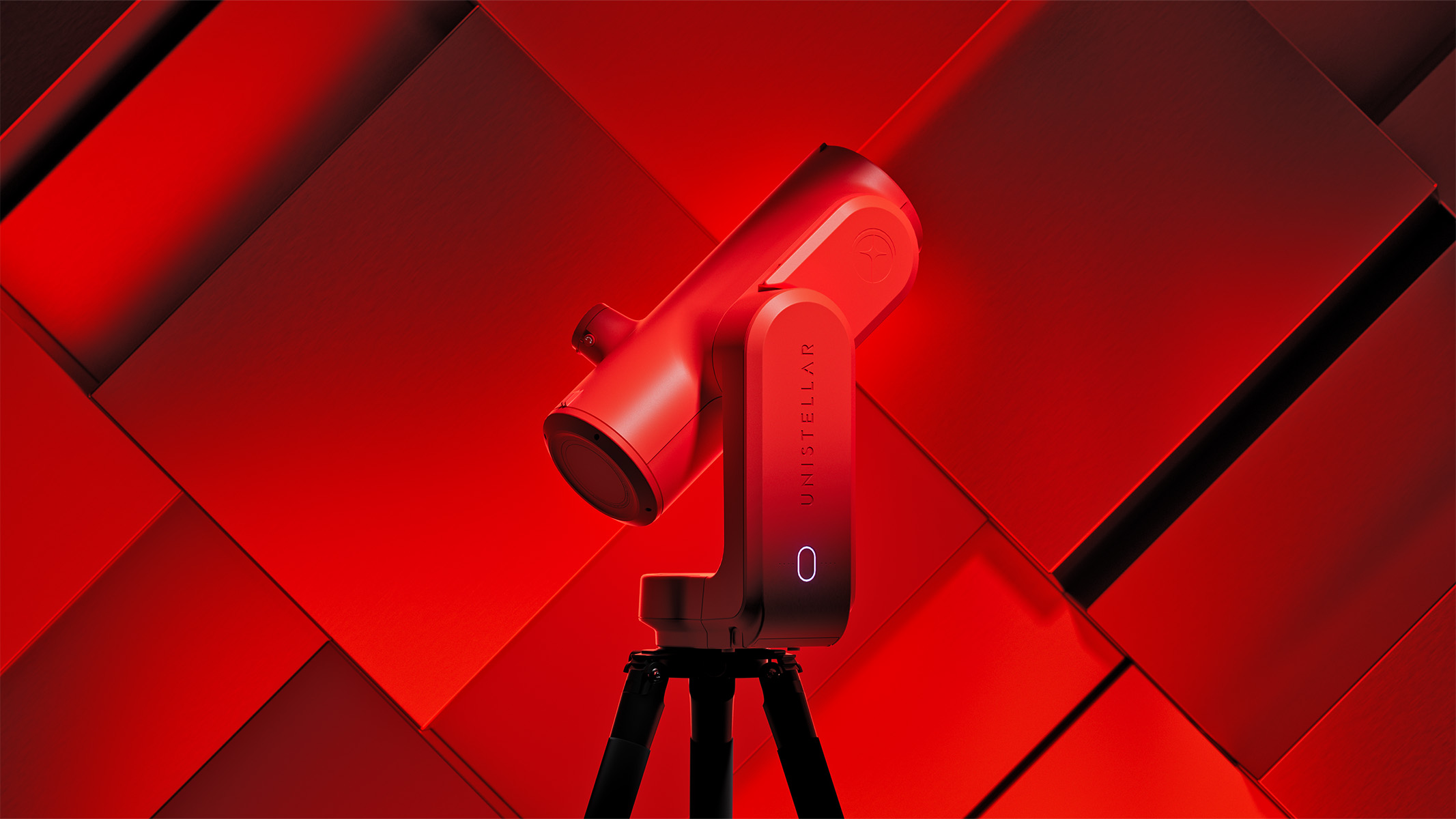

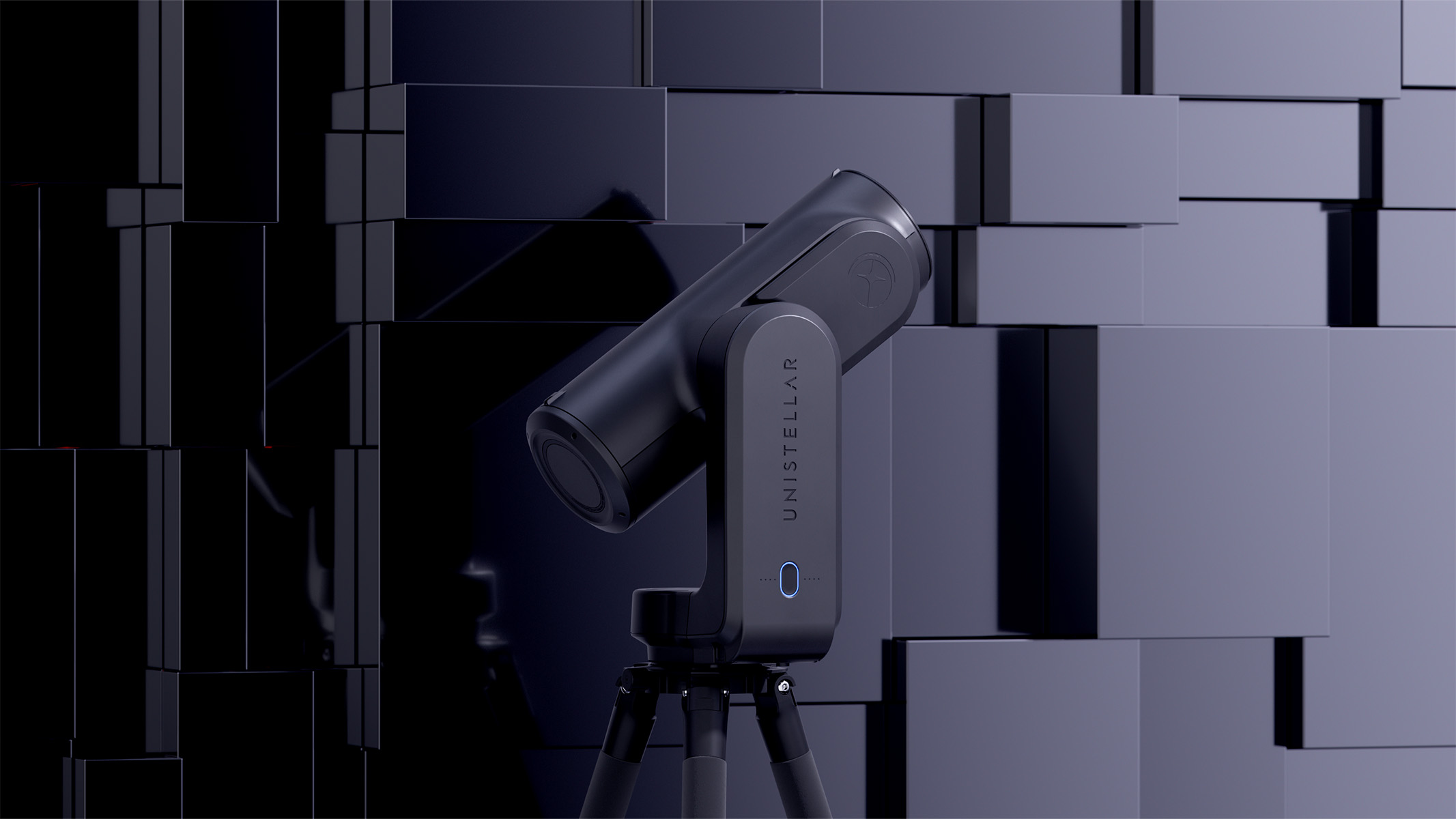
There are two versions of Odyssey telescopes, the Odyssey and the Odyssey Pro and they're both available to buy right now. They both allow users to observe the image the night sky through the Unistellar smartphone app but there are a few key differences between models.
The Odyssey, which retails at $2499, lets users see the 3.4MP images using a tablet or phone. It weighs just 14.3 lb fully assembled and ships with a handy USB-A and USB-C rechargeable battery, giving astronomers an average run time of five hours.
Breaking space news, the latest updates on rocket launches, skywatching events and more!
The ODYSSEY Pro, $3999, features a digital eyepiece co-developed with Nikon; this is the main difference and a slightly better 4.1 MP image resolution.
A top-tier Odyssey Pro Red Edition is also available for those who value the stylish aesthetics of a colorful tube, and those interested will be dropping $4499 for the privilege. It's the same specs as the Pro, but red.
Both ODYSSEY models have a focal length of 320mm and a focal ratio of f/3.9. The total kit weight is a tiny 14.3 lb when compared to the likes of the Celestron Origin, which is a hefty 41.6 lb.
What does the Unistellar Odyssey do?
There's a whole heap of clever tech bundled into these instruments, but the culmination of it all is that the scope promises to deliver a breathtaking astronomy experience as soon as you've turned the scope on and connected it with the smartphone app. You'll be able to find, view and photograph any object in the Celestial Database of 5000+ objects, as well as 37 Million stars.
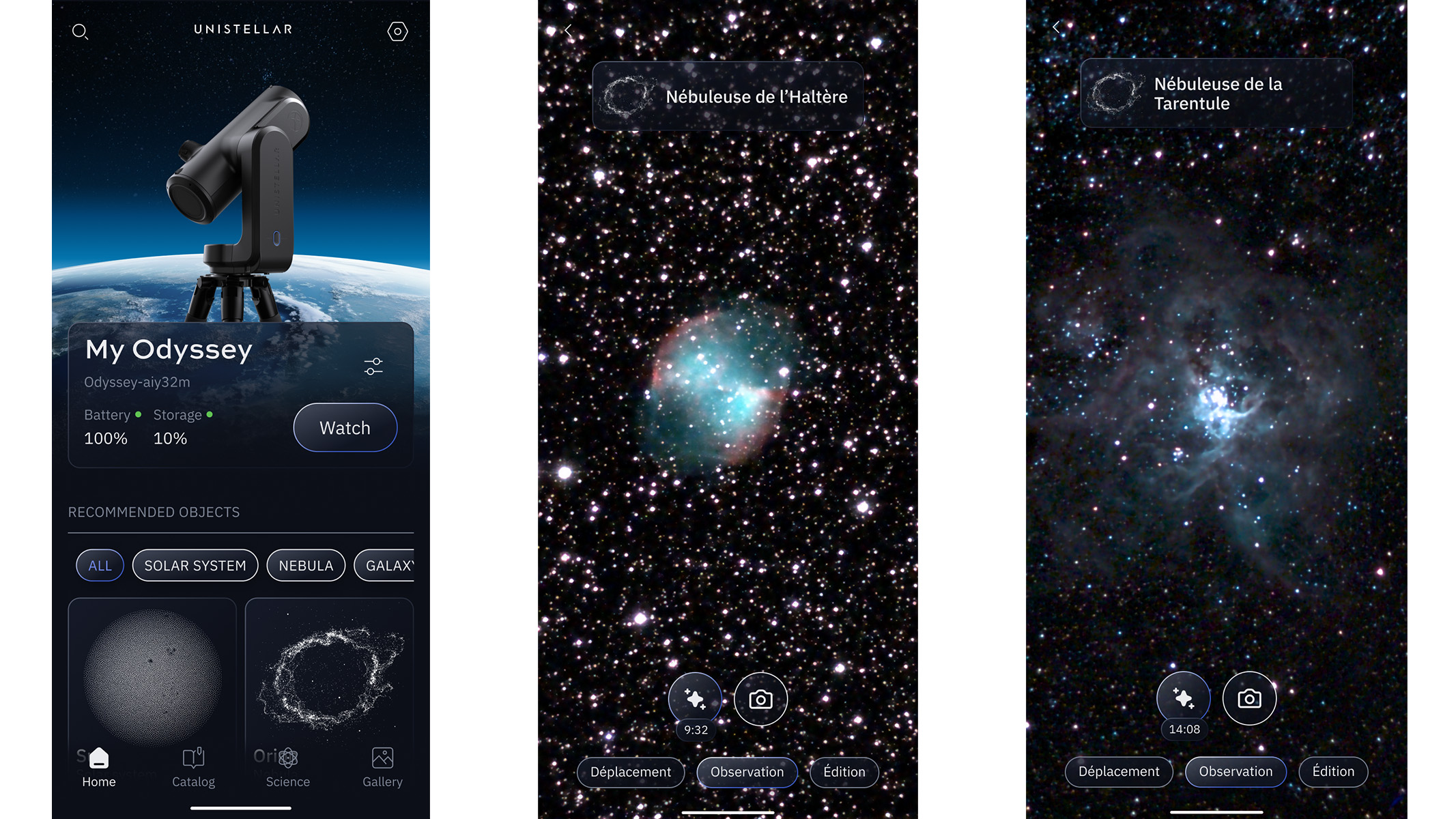
The Unistellar Odyssey Pro utilizes Nikon High Precision Optics, which, simply put, means you don't have to make any manual adjustments to the mirrors; they will always be perfectly aligned regardless of external factors that would usually cause misalignment— this is the first range of mirror telescopes with this functionality.
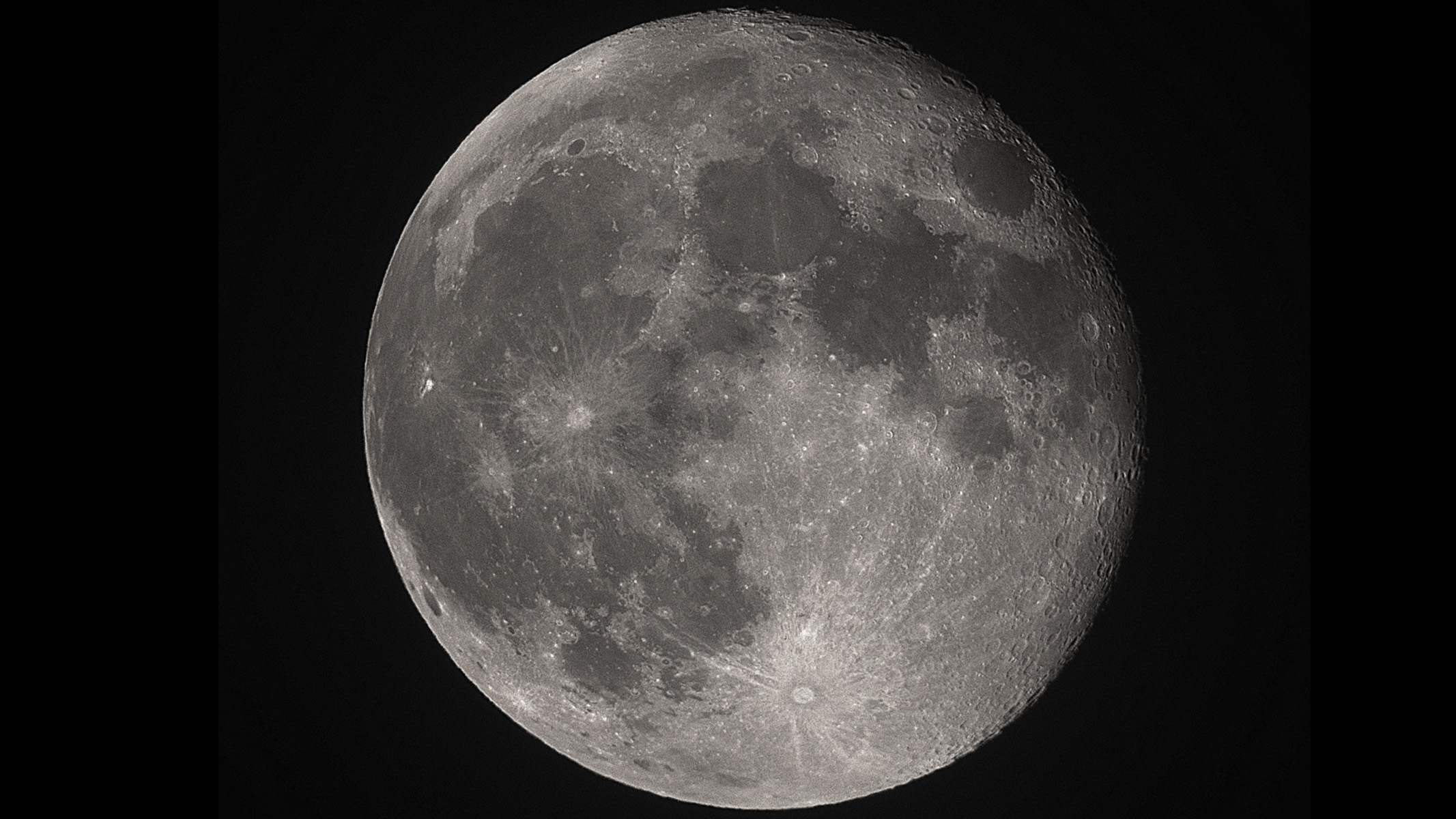
The Multi-Depth Technology lets skywatchers observe both nearby planets and far-away galaxies without having to change instruments. The image you see is a result of a rapid succession of shots, which are then combined and processed by Unistellar's planetary observation algorithm to produce a sharp and detailed image.
The scopes also utilize deep sky binning. Seasoned astrophotographers will be familiar with this term, but it just means the combining of nearby pixels into a single larger pixel, creating a better signal-to-noise ratio in an attempt to get better quality images of faint, distant objects.

Each time the Odyssey is instructed to point at a new target, it uses Stellar Autofocus, a fully automated focus system consisting of a smart algorithm and a motorized sensor, which is designed to create a sharp visual of objects light-years away. Once it's locked onto a target, it won't need to refocus. We've been testing this out for a few nights already with some mixed results, but the complete automated process really excites us and this could be the next step for all smart telescopes as we move toward automation in some consumer astronomy.
There's also Deep Dark Technology that restores a cleaner black sky to your images by filtering out light pollution like city lights, and there's Dynamic Signal Amplification, which helps deliver 'stunning clarity and color.'
Who are Unistellar?
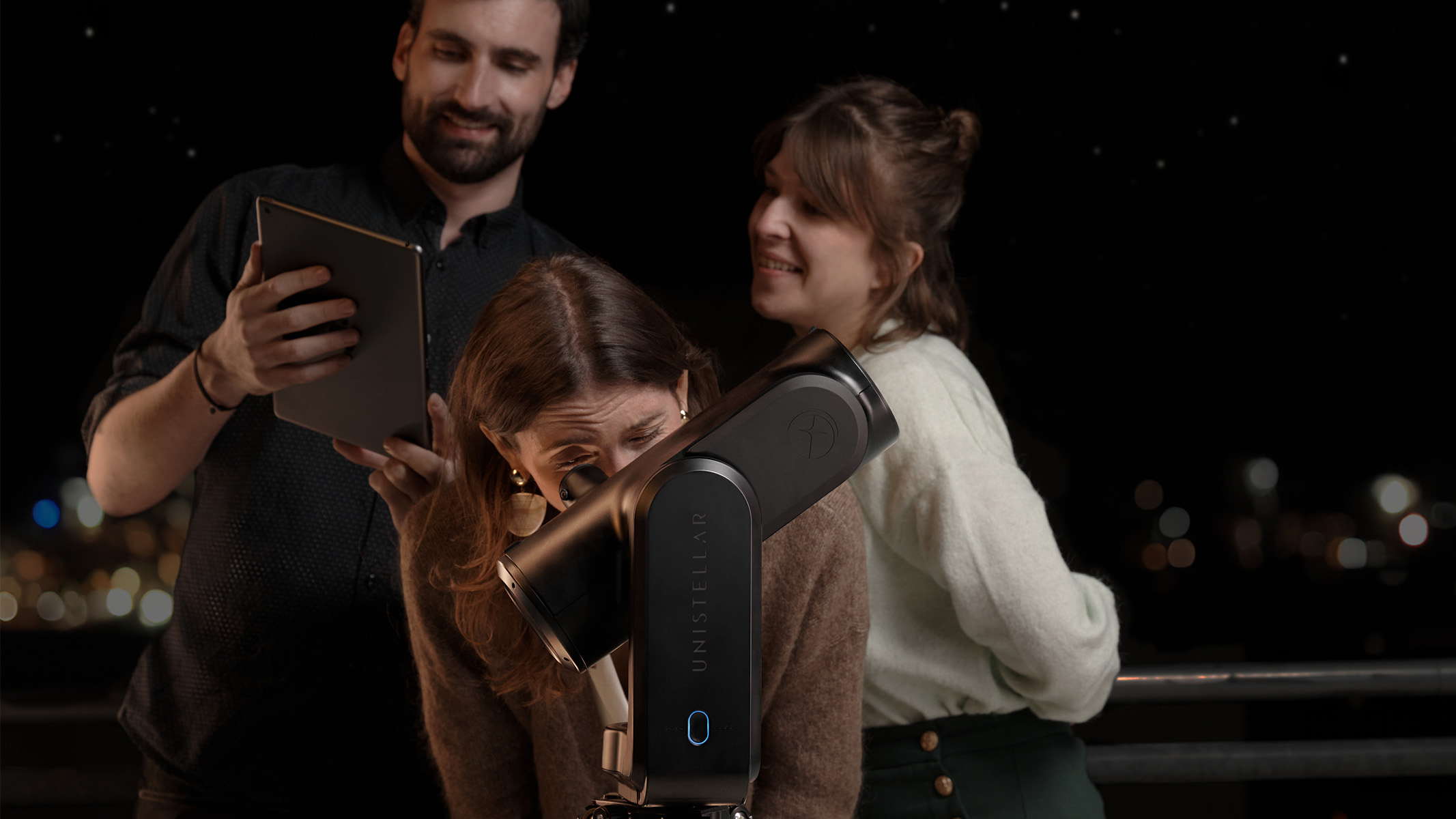
Unistellar are award-winning telescope creators and work alongside their collaborators NASA, the SETI Institute (research organization in the Silicon Valley), and Nikon, with a mission to allow astronomers of any skill level to access the cosmos. The telescopes are designed to be intuitive, with simplicity at the forefront of their design process.
If you're a traditionalist astronomer who wants a less automated approach to skywatching and astrophotography, check out the best telescopes and best cameras for astrophotography.

Tantse Walter is a writer, photographer and travel enthusiast that has spent over a decade facilitating global adventurous expeditions. She loves getting into the nitty-gritty of sourcing and planning itineraries, getting out and about in nature, and admiring the night sky.
